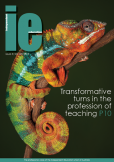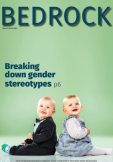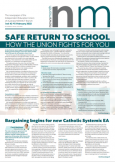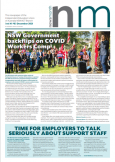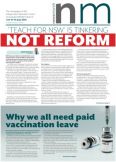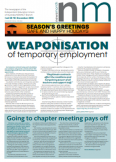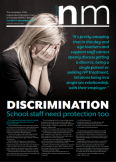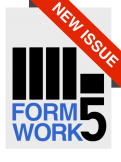People change, circumstances change, life happens. To deal with this, it is important to ensure that your nominated beneficiaries reflect your current wishes as to whom your superannuation benefit (along with a possible insured component) will pass after your death.
In my experience of more than 20 years of managing death claims, I find that most families come together at the time of the death of a loved one. Usually there are no problems or disagreements, if the deceased had nominated beneficiaries who fall within the legal definition of valid recipients for superannuation death benefits. However, there can be disputes or disappointments if this has not been done and disputes after the death of a loved one can be distressing.
In the case of no nomination, a will may be helpful, but superannuation assets are not governed by a will. At best, the will can inform the trustee of the deceased’s wishes.
In this scenario the fund must investigate the deceased’s personal circumstances – was there a spouse or de facto, are there shared bills, a joint mortgage, children (minor or adult)? A decision will then have to be made as to who receives the benefit. This could cause problems, but the decision remains with the trustee.
In making a nomination, it is important to remember who can receive your death benefit: your spouse (de facto or legal); any child including stepchildren, adopted or ex-nuptial children (different rules apply to child reversionary beneficiaries); your estate to be distributed per your will; or a person with whom you have an interdependency relationship. If you have elected to have a non-binding death nomination, the payment will generally be made to your beneficiary as long as one of the above categories is met.
You can also select a binding death nomination which removes any trustee discretion and provides certainty if the recipient is a valid beneficiary and fits the description of ‘dependant’ or your estate. NGS Super offers two types of binding nominations. The first is a lapsing binding nomination which will expire after three years.
In this case the fund will notify you that it is necessary to renew the binding nomination every three years to ensure it is up to date with any possible life changes such as a divorce, marriage, a death or the birth of a child. The second is a non-lapsing binding nomination which will not expire. In this case, the member should remain alert to the fact that the non-lapsing binding nomination will remain, even if the member’s personal circumstances have changed. So, for example, if the non-lapsing binding nomination applied to a member’s life situation 20 years ago, it may not represent the present situation.
It is also possible to nominate your estate with a binding death nomination, either a lapsing or non-lapsing one. In this case your benefit will be paid to your legal representative under your will or an administrator if you do not have a will. Most financial advisers would agree that it is better to have a will for the clarity it provides. Different tax treatments could apply if the payment is made to an administrator or to the estate, which would depend on the circumstances of the estate and/or your dependants.
In the busy world of work, families and making ends meet, it’s easy to put aside matters such as beneficiary nomination updates, but it’s not difficult if you use NGS Super Member Online or by contacting the fund.
Also, if you are opening an NGS transition to retirement account or income account, it is important to obtain further information on the rules for how a reversionary beneficiary can be established, as they are complex.
It is important for your peace of mind to update your beneficiary nomination as your life circumstances change. You can contact an NGS Super professional adviser or the Financial Advice Helpline on 1300 133 177. Also if you would like more detailed information, it is possible to find more at ngssuper.com.au/forms (Death benefit nomination form).














